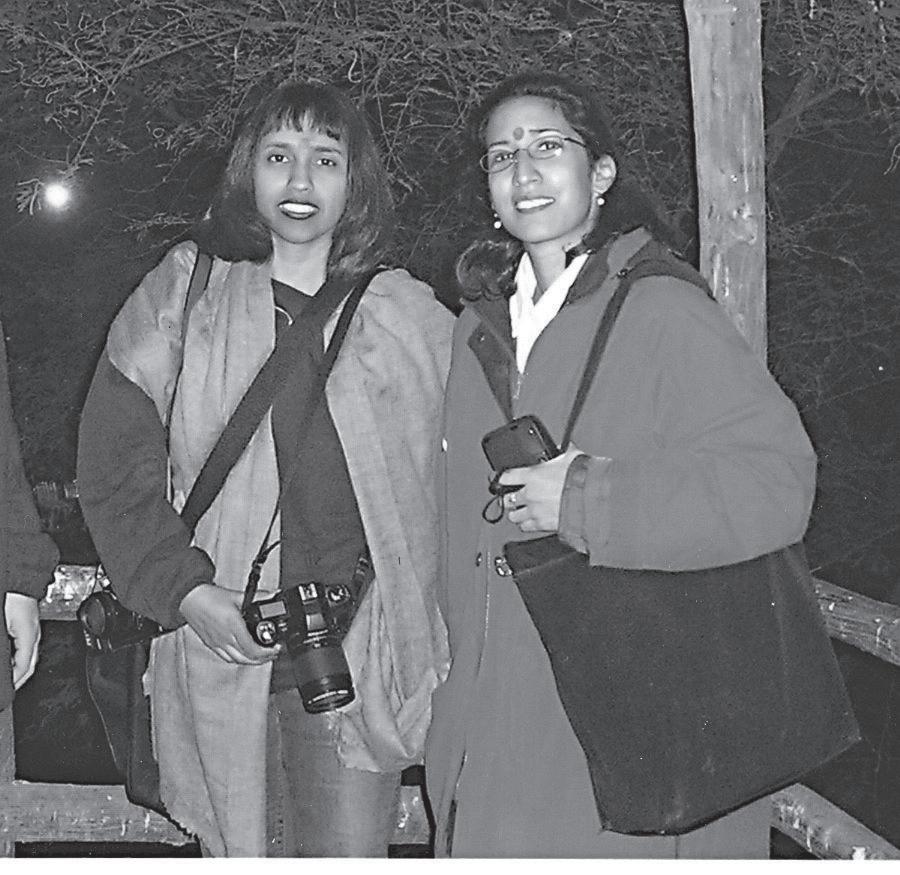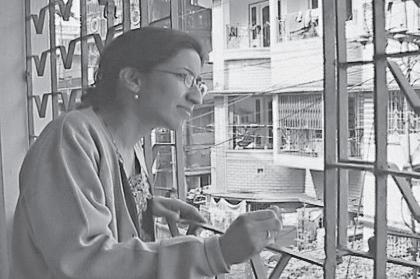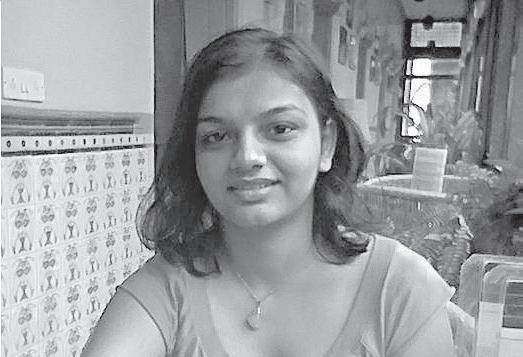
1 minute read
A migrant finds her way home
from 2009-08 Melbourne
by Indian Link
As a young schoolgirl in the ‘70s, when Indira Somani would reveal her Indian origins, fellow students would confuse her for a native American.

“No one knew where India was,” she says in her first film, documentary that uncovers several issues around the early Indian diaspora through
Somani’s own personal story.
The film, co produced by Somani and Leena Jayaswal, was screened recently in Sydney by PriceWaterHouseCoopers and TiE, followed by a Q&A with Somani.
For new immigrants like myself, coming from a confident “new” India, it is close to impossible to imagine the world in which
EVEry MIgrANT has a story to tell. Migrant sensibility and diasporic experience is now an industry that has spawned many writers, authors and film-makers. Stories of Indians adrift - abroad, assimilation, nostalgia, survival have been told several times over. However every once in a while a storyteller comes along who has something simple to say that can affect people deeply. Indira Somani’s 30 minute documentary Crossing Lines is one such poignant and thoughtprovoking tale that strikes a chord, especially with second generation Indians.
The South Asian Journalist’s Association of Australia (SAJAA) hosted the screening of this documentary at Eureka Towers recently. Members and guests of SAJAA shared Indira Somani’s journey back to India after the loss of her father, and her attempts to stay connected to the Indian culture and extended family. The modest first-hand account of Indira’s experience of being Indian in America and Indian American in India provides an insider’s view from without and the outsider’s view from within. The two roles overlap, blend, contradict, negotiate and make good viewing.
Crossing Lines was co-written, co-produced
A debut film-maker tells
times monotonous married life; and going through some old photographs with her father’s sister, who can’t speak Somani’s language, but brings her to tears with her
Though this is Somani’s first film, she has ten years of broadcast journalism experience as a producer and is also currently an Assistant Professor with the Department of Journalism, Washington
She has also been undertaking academic studies of Indians who have migrated to the US. Her latest research studied the impact of satellite television on the Asian Indian community in the States, specifically the Washington Metro Area. This study also included a historical overview of the various kinds of media Asian Indians used over 40 years in the US, from 1960 to 2000. “A study has shown that in the US, the VHS was used most by ethnic groups,” said Somani, commenting on how the community kept in touch with what went on back home in India through pre-recorded videos at a time when technology had not yet made



During her three-week stint in Australia, Indira was completing the same study, with the Indian Australian diaspora as










